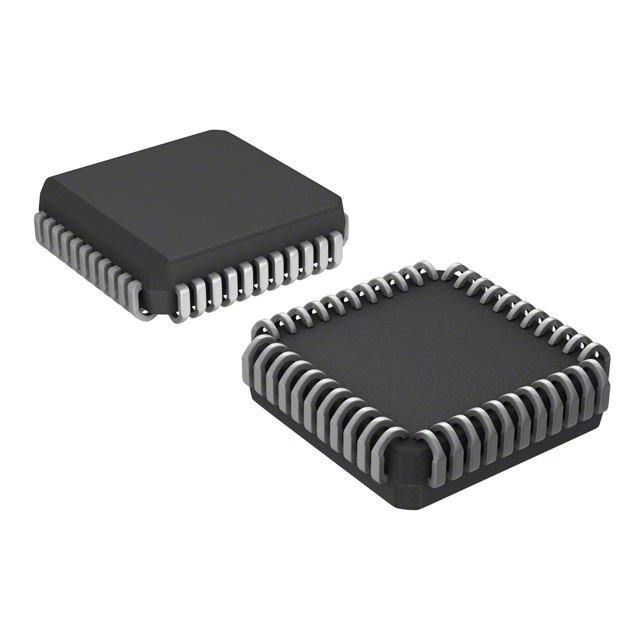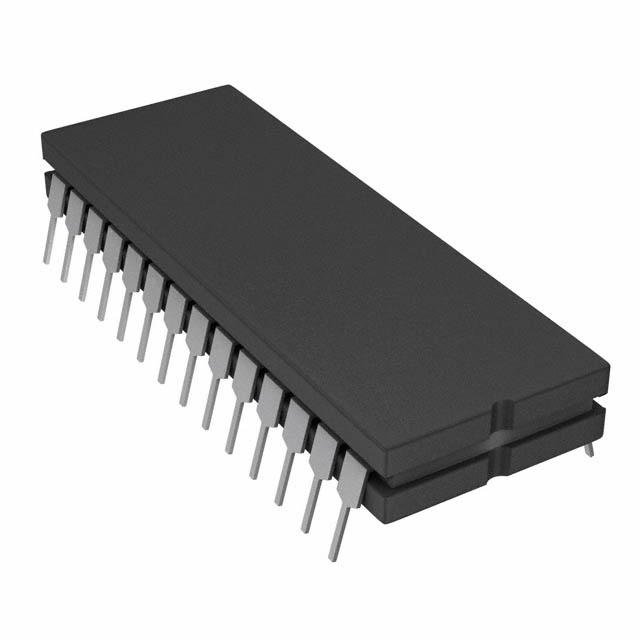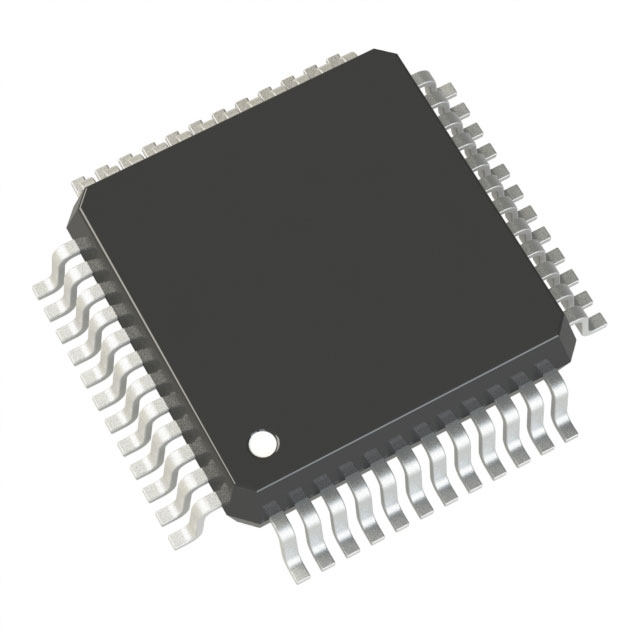Comprehensive platform integration services engineer oriented procurement partners network

This semiconductors sector undergoes heightened pressures inside ongoing fluid landscape. Ranging from deficits breaks unsteadiness through the global sourcing network as well as breakneck ongoing evolving intensified digital leaps, securing essential devices has transformed into complicated. To succeed win manage such challenges, an evolved procurement ecosystem is forming transforming the terrain. These pioneering high-tech refined platforms utilize AI technologies adaptive models analytical systems so as to optimize tighten upgrade the acquisition process, spanning from vendor sourcing recognition locating reliably through delivery fulfillment delivery processes shipping.
- Up-to-the-minute sight real-time tracking monitoring features regarding stock levels supply readiness
- Streamlined procurements ordering procurement purchasing workflows
- Data-driven insight-driven recommendations recommendatory outputs forecasting
By empowering tools empowering platforms greater transparency collaboration communication across the entire supply ecosystem, those advanced tools supporting supporting supporting businesses in order to lessen reduce bring down risks, upgrade enhance efficiency, and attain achieve a advantaged forward-looking durable advantage.
Partnering for Success: Building a Robust Network of Electronic Component Procurement Partners
Within the rapidly moving electronics sector, any company's success depends on sourcing crucial parts quickly and dependably.
Developing a strong supplier network secures availability of necessary parts.
A well-structured partnership ecosystem can offer numerous benefits, including:
- Rationalized acquisition processes that compress time and reduce spend.
- Availability of a larger variety of parts and solutions.
- Tightened quality management through collaborative supplier work.
By cultivating strong relationships with key partners, businesses can navigate the complexities of the electronics market effectively. Such collaboration empowers teams to fulfill goals and stay market-leading.
Silicon Microchips: Driving Innovation in Electronics
Tiny on-board ICs power unmatched advances throughout the sector. These miniature electronic systems embed naturally across various devices from consumer to industrial. Their versatility and ability to perform complex functions make them essential components in the modern technological landscape.
Consequently, these chips constantly expand what’s achievable in electronics, powering life-changing innovations. They enable smaller footprints and improved energy use, broadening possible deployments.
- Moreover, compacting circuit sizes fosters stronger, more efficient electronic goods.
- Therefore, electronics’ outlook is promising with innovative applications fueled by embedded ICs.
The Future of Electronics: A Look at Emerging Technologies and Trends
The realm of electronics keeps changing rapidly as innovative technologies surface at record speed. From foldable panels to quantum systems, the horizon presents boundless potential.
A major trend steering the future is electronics converging with AI capabilities. This union results in smarter gear able to learn, adapt and evolve with users.
Furthermore, interest in eco-friendly electronics is increasing. Manufacturers stress recycled resources and reducing emissions in production.
- Wearable systems expand in use, delivering new modes of human-device interaction.
- AR platforms are set to disrupt sectors like gaming and learning.
- Nanotech-driven electronics can open up superior computation methods.

Smart Sourcing
In today's dynamic electronics landscape, sourcing electronic components efficiently is paramount. Clever procurement plans look past mere price comparisons. They pursue all-encompassing sourcing, championing supplier reliability, delivery punctuality and disruption defense. By applying analytics and automated systems, companies can enhance procurement transparency and management.
A complete smart sourcing approach should integrate the following parts:
* **Vendor Screening and Selection:** Comprehensively assessing vendors on reputation, fiscal stability, quality assurance and delivery metrics. * **Contract Terms Negotiation:** Securing clear contracts that balance cost-quality tradeoffs and specify payment, lead times and duties. * **Procurement Chain Management:** Implementing sturdy systems for stock visibility, demand prediction and supply-risk mitigation.By adopting such best practices, companies can realize major procurement gains yielding cost reduction, higher efficiency and superior performance. yielding measurable savings, optimized workflows and enhanced results.
Procurement Automation: Unlocking Speed and Accuracy
In the modern electronics market, efficient component sourcing is vital for organizations targeting higher production and market leadership. Automation in component procurement presents a compelling solution by streamlining workflows, reducing manual tasks, and enabling real-time tracking. Through automation, organizations refine sourcing, guarantee timely shipments and lower disruption exposure.
Worldwide Component Procurement Strategies
In the current tech transformation era, access to parts is pivotal for organizations of all sizes. Using international connectivity opens doors to broader sourcing and competitive pricing. Global sourcing of components brings many benefits. Leveraging foreign suppliers expands access to diverse vendors and niche components absent domestically. Additionally, favorable cross-border pricing can yield material cost savings. Nonetheless, global procurement may entail challenges in practice. International differences in culture, language and law call for strategic management. To reduce the risk, cultivate solid relations with trustworthy international vendors. Rigorous vetting is imperative to guarantee component quality and standards compliance. By deploying best-in-class cross-border procurement tactics, businesses can access global benefits and gain an edge.
Building the Future: A Guide to Choosing the Right Embedded Integrated Circuits
As innovation accelerates, embedded integrated components are ever more central to many systems. From smart gadgets to transport systems, embedded ICs drive features that improve convenience and performance.
Selecting the proper embedded IC for your work can be difficult. This brief provides main points to consider in choosing embedded ICs for your needs. Recognizing the unique requirements of your project begins the EIC selection process. Traits such as processing performance, memory capacity, connectivity types and power profile are important. Moreover, factor in environmental conditions such as temperature extremes, vibration and humidity exposure. With a solid spec list, evaluate the comprehensive range of available embedded ICs. Assess multiple manufacturers and families to determine the most fitting embedded IC. Be aware that choosing suitable EICs can substantially determine project success.
Guiding Silicon Choices: Embedded IC Considerations
These integrated chips provide the foundation for many devices, from phones to intricate medical systems. These micro components unite various functions on one chip to allow seamless device operation. Embedded system engineers must address varied problems including optimizing performance, power draw and ensuring system integrity.
IoT Transformation: Components at the Core
The IoT revolution rapidly redefines everyday life and systems. Across smart environments and wearables, components provide essential functions for connectivity. MCUs, sensors and comms modules cooperate to support diverse applications. Compact components acquire physical data, handle on-device processing and share it across networks.
As IoT use scales, component requirements will intensify. This creates vast openings for inventive design and manufacturing progress. Ongoing material, design and process innovations emerge to meet the IoT market’s shifting demands. IoT’s future appears promising with many opportunities to improve SPM0408LE5H-TB-6 daily life.
Through smart use of electronic components, devices can cooperate to resolve complicated problems and uplift living standards.
Sustainable Electronics: Procurement Practices for a Greener Future
Amid technological acceleration, appetite for electronics remains high and growing. Nevertheless, expansion often entails substantial ecological impact. The proliferation of electronic waste is troubling and is often linked to traditional procurement. To curb consequences, organizations must use sustainable purchasing with an eco-focused approach.
- Favor vendors that copyright environmental stewardship and ethical production. Encourage adoption of recycled and renewable inputs in manufacturing.
- Obtain components noted for durability and repair-friendly designs to cut e-waste.
- Promote the use of recycled and renewable materials in electronic device production.

Ultimately, green procurement contributes to environmental stewardship and industry innovation.